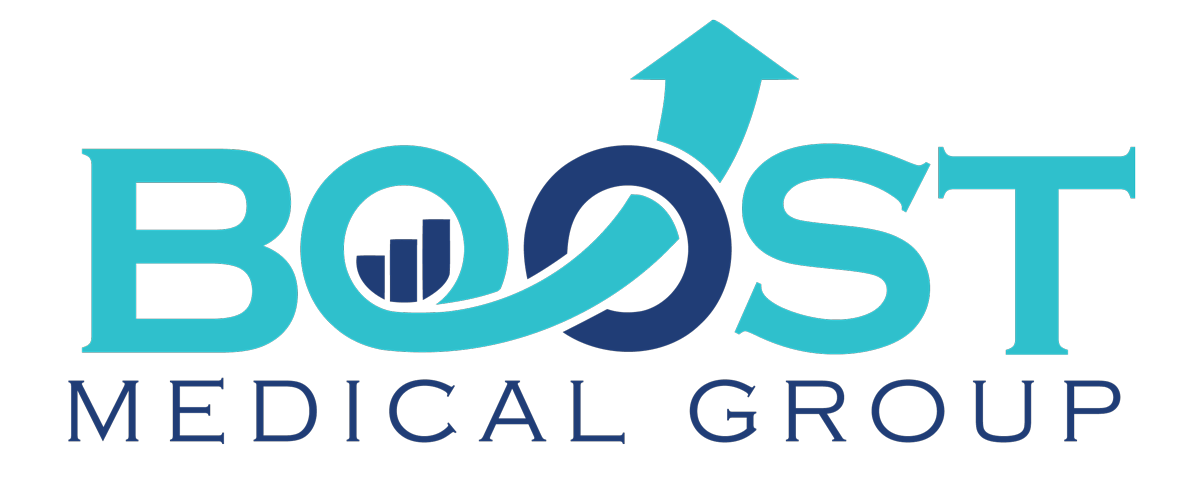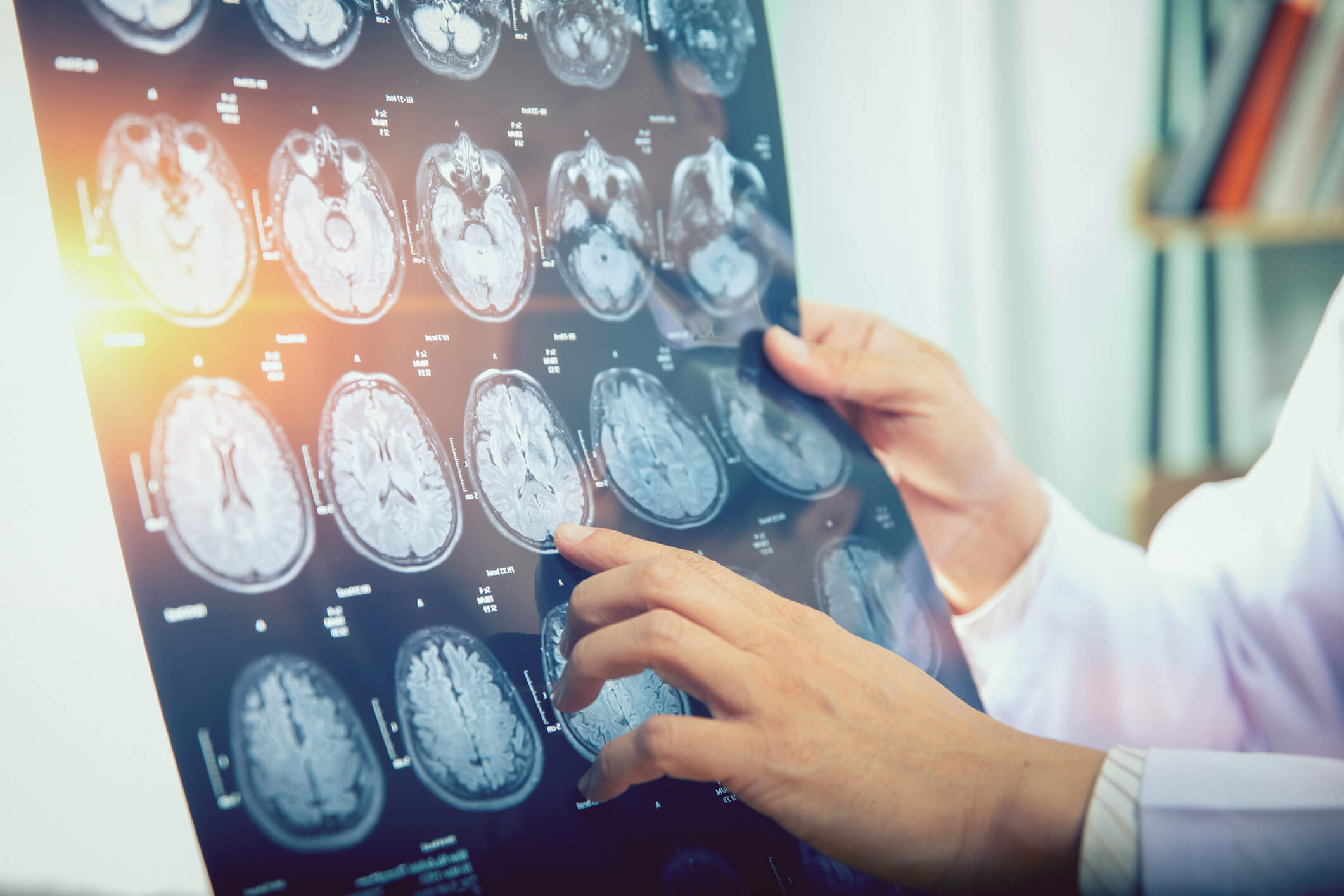The words “traumatic brain injury” (TBI for short) strike fear in the hearts of injury victims and their loved ones. Nobody wants to believe that a family member may have suffered a brain injury from which complete recovery is uncertain.
The latest records of the Centers for Disease Control show 223,135 TBI-related hospitalizations in 2019 and 64,362 TBI-related deaths in 2020. The figures do not reflect TBI cases treated in emergency rooms or urgent care or those left untreated. People aged 75 and older had the highest numbers of TBI-related hospitalizations and deaths, accounting for 32% of the hospitalizations and 28% of the deaths reported.
TBI occurs when an external force causes damage to the brain. The force may be the result of impact from a fall, which is common among seniors. Other types of impacts include violent blows to the head from physical assault and recreation-related injuries where a participant hits a stationary object like a soccer goal or a moving object like a jet ski.
Other types of external force include a penetrating object like a bullet, a blast wave – typically the result of a military blast – or rapid movement of the brain within the skull, which is often the result of a motor vehicle crash.
Symptoms of TBI include loss of consciousness for several minutes or longer, a worsening headache, convulsions or seizures and cognitive issues like profound confusion, combativeness and coma. TBI can be life-threatening or have long-term effects, including cognitive dysfunction, pain, sleep disorders and physical disabilities.
TBI severity is classified as mild, moderate or severe based on the Glasgow Coma Scale in combination with brain imaging scans and assessment of any loss or alteration of consciousness.
Even Mild Injuries Are Considered Serious
Most TBIs that occur are mild TBI (MTBI) and affect brain cells only temporarily after exposure to an external force. MTBI includes incidents of mild concussion, and symptoms may include headache, nausea, dilation of one or both pupils, inability to awaken from sleep, weakness or numbness in fingers and toes and a loss of coordination.
The jolt leading to MTBI can cause the brain to bounce or twist in the skull. MTBI can result in chemical changes to the brain and stretched or damaged brain cells. Instances of MTBI and concussion are serious and should be assessed by a qualified healthcare provider.
Accurate Diagnosis is Critical
If you or a loved one has suffered from TBI, the first step is receiving an accurate diagnosis. Traditionally, the options for diagnosis have been limited to emergency rooms, urgent care facilities, and other healthcare environments. At Boost Medical, we believe this leaves a blatant gap in the care and compensation TBI victims receive.
Boost Medical advocates for neurocognitive testing as a starting point for TBI victims, including:
- Cognitive function and impairment
- Biomarkers associated with cognitive impairment and memory loss
- Autonomic nervous system function
- Physiologic functions associated with sleep disorders, memory loss, anxiety disorders and attention difficulties
We provide data points that combat common defenses offered by insurers, including digitized concussion assessments and vestibular balance dysfunction analysis.
For Alteration of Motion Segment Integrity (AOMSI) injuries, Boost Medical offers a video motion analysis that requires a neurologist to provide an official diagnosis. This procedure is a significant departure from the industry’s failure to engage a neurologist in 99% of TBI cases.
Ninety percent of people injured in auto accidents suffer a TBI, yet less than one percent are diagnosed due to a lack of access to a neurologist and affordable, effective options. Boost Medical is changing the face of personal injury outcomes.
Contact us today to receive a proper evaluation of the extent and impact of your TBI.


0 Comments